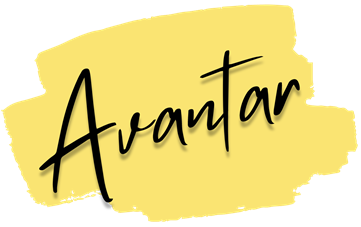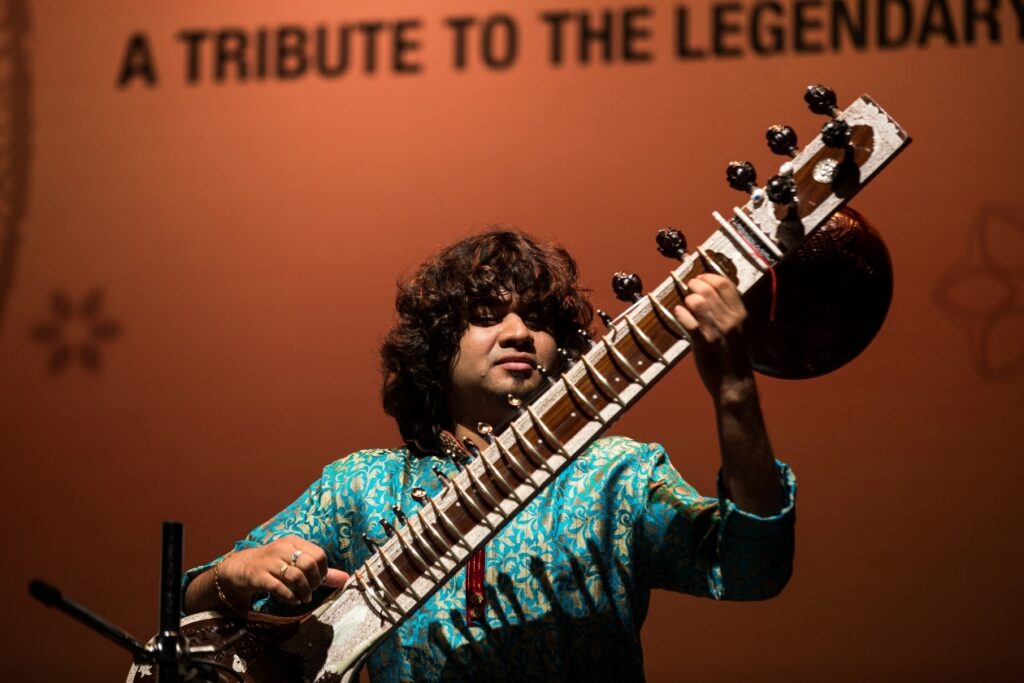By Sukant Deepak
New Delhi, Aug 8 (IANS) He was four-years-old when he started learning tabla under Pt. Amar Bose, before moving to sitar at the age of seven. However, Abhisek Mallick stresses that his training in the percussion instrument has been instrumental in shaping him as a musician.
Adding that in order to be a successful artist, it is paramount to have a deep understanding of the taal or rhythmic cycles, he adds, “Melody and rhythm go hand in hand. The tabla training laid the foundation of my musical journey and helped decode the intricacies of Indian layakari, the mathematical aspect of our music. And let’s not forget, in Hindustani classical, the sole companion of any instrumentalist or vocalist during the performance is the Tabla. So, knowing it is like knowing your companion,” says this recipient of the President’s Gold Medal awarded by All India Radio.
But it is not just classical that moves Mallick. Talk to this youngest member of India’s best known band ‘Rhythmscape’, and he remembers that when the band’s first album was released in 2003, he was still in college. “My first concert with Rhythmscape was in 2012 after I went and met Bickram Ghosh and played before him. My journey started since then and I have been fortunate enough to be playing, learning and travelling with the Band all over the world till now.
“In fact, as part of his Drums of India project, I have been lucky to perform in some of the most coveted music festivals in the US, Europe, and South Africa.The Cape Town Jazz Fest is one such.”
Talk to him about his electric sitar which he designed himself, and the musician says that with the advent of fusion music, as sitar players started to play in fusion bands, a necessity was born for the sound of the Sitar to stand out amongst instruments like keyboards, electric guitars, bass guitars, and drums all of which have a very loud and powerful sound, something that would not have be possible with an acoustic sitar.
“Fortunately, I have not faced any criticism from purists probably because my Electric Sitar actually sounds like a Sitar and not like some distorted electric guitar as it was in most of the cases earlier. I have also successfully experimented with playing it in selective fusion concerts to attract generation X. I did much research work to select the right combination of pick up and processor for my electric sitar so that the originality of the tone is retained. My aim was always to magnify and embellish the original tone by electrifying the instrument.”
Realising that the audience for classical and fusion are distinct, Mallick prefers to keep his two ‘avatars’ distinct. He says, “This way I can keep experimenting with different genres of music while maintaining my roots in Hindustani classical music intact.”
Mallick, who was part of the recently organised HCL ‘Baithak’ feels that more corporate houses should come forward to patronize and promote musicians and artists. “The mandatory CSR activities of the corporate houses should also focus on the welfare of musicians and artists. HCL is doing a wonderful job in terms of providing opportunity, promoting and propagating the artists and their work.”
Currently working on a series of digital concerts where the performance of fellow artists from all over the country will be showcased on an international platform, Mallick, along with other musicians has formed the band ‘VEDA’. “I play the Sitar, Ratul Shankar plays the Cajon and Mainak Bumpy Chowdhury is on the Bass Guitar. It is essentially an instrumental set up although we do occasionally feature singers from different genres. Right now, we are working on our upcoming album which we are planning to release in October,” he signs off.
(Sukant Deepak can be contacted at sukant.d@ians.in)

